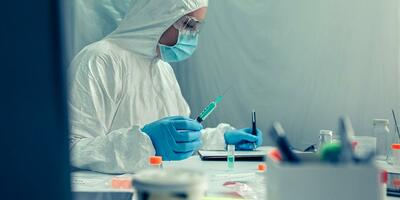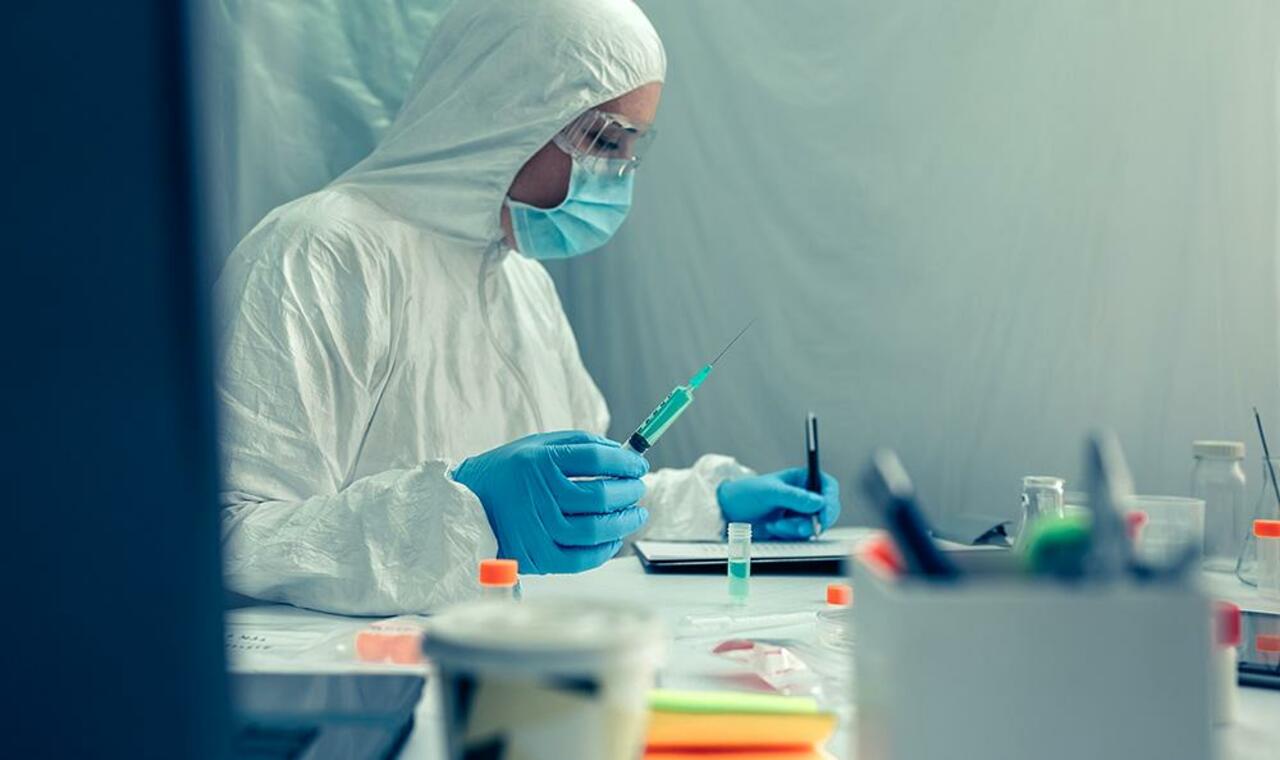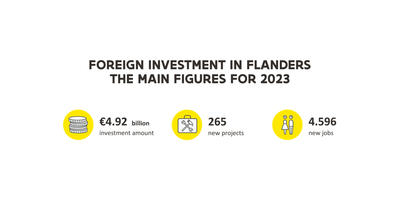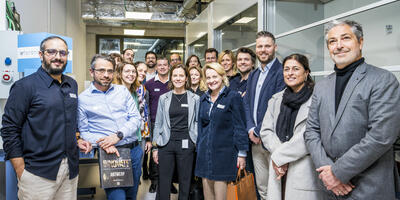
Open for research: Europe’s first Vaccinopolis in Flanders

Pandemic control ecosystem
Together with its partners, Antwerp University is building an innovation ecosystem focused on pandemic control. Vaccinopolis is an important pillar in this ecosystem. At the research center, candidate vaccines against numerous infectious diseases – such as RSV, dengue or whooping cough – will be tested. Research will also be carried out into how, for example, existing flu vaccines can be improved.
With Vaccinopolis, we are putting Flanders on the map as an innovation ecosystem focused on pandemic control.
CHIM studies
At Vaccinopolis, the ambulatory studies of the Center for the Evaluation of Vaccinations will be carried out and followed up. In these kinds of studies, volunteers come in for check-ups at regular intervals. But what makes Vaccinopolis truly unique is how it opens up the possibility to conduct Controlled Human Infection Model (CHIM) studies.
With CHIM studies, test subjects are first given a vaccine or a placebo, followed by a reduced dose of a study pathogen. This allows researchers to more quickly verify whether and how a certain candidate vaccine works. There is no comparable facility of this magnitude on the European mainland.
30 beds for participating volunteers
Vaccinopolis has thirty rooms, each with a bed and a small bathroom. There are also shared living areas. After all, for some studies, test subjects need to spend several weeks in complete quarantine. On one hand, this is for safety reasons: the pathogens cannot be allowed to run wild in society. On the other hand, it allows the participating volunteers to be closely monitored.
“In addition, we can take daily samples from test subjects,” says Dr. Ilse De Coster, head of the clinical trial team. “Based on those samples, we can eventually also try to predict how specific groups of people will react to a particular vaccine. Each study is approved in advance by an ethics committee and the regulatory authorities. Studies are only conducted with pathogens for which a treatment already exists.”
Sealed off from the outside world
What’s more, the second floor of Vaccinopolis can be completely sealed off from the outside world. Nothing gets in or out unchecked, maintaining and guaranteeing the highest public health safety standards.
“Not a single cubic meter of air leaves the building without being filtered three times,” explains chief architect Roy Pype. “All other waste streams are also collected in a controlled way in our ‘kill tanks’. The toilet and shower water, food residues, shampoo and soap residues, even stool is collected in this way and heated to 120 degrees Celsius. What remains is sterile wastewater that can simply be discharged into the sewer system. Even if the fire department has to come and extinguish a fire, systems have been set up to collect and filter all the water used.”
But that’s hardly the last of Vaccinopolis’ impressive stats. To highlight just a few more facts and figures: Vaccinopolis is equipped with 308 solar panels and has a total floor area of 6,225 m², one-fourth of which is occupied by technical rooms. The coldest temperature in the building is -150 degrees Celsius, in a freezer necessary for vaccine research.
Strong support, strong results
Showcasing its societal importance, Vaccinopolis has received support from various sources to get things off the ground as quickly as possible. In addition to funding from the federal government and anonymous donors, the government of Flanders has also pitched in by contributing EUR 5.3 million.
The results are impressive. Vaccinopolis came about in a record time of just 14 months. “Usually, a project like this takes four to five years to complete,” explains Roy Pype. “But the circumstances were exceptional: the COVID-19 pandemic proved that viruses can strike quickly and unexpectedly, so we need to up the ante.”


